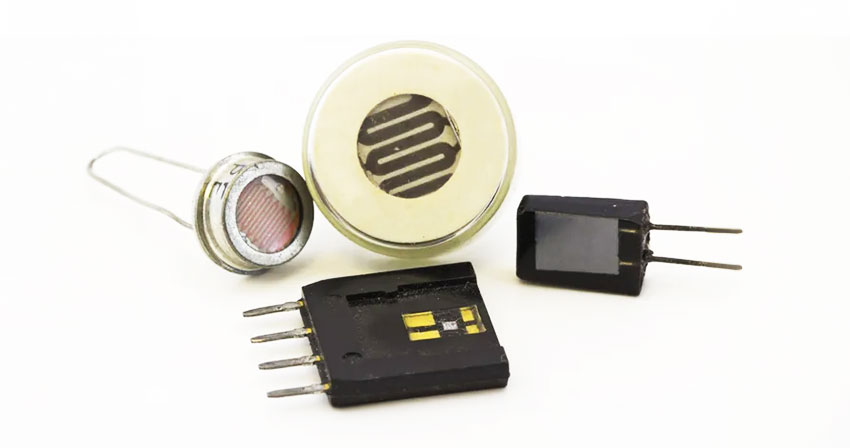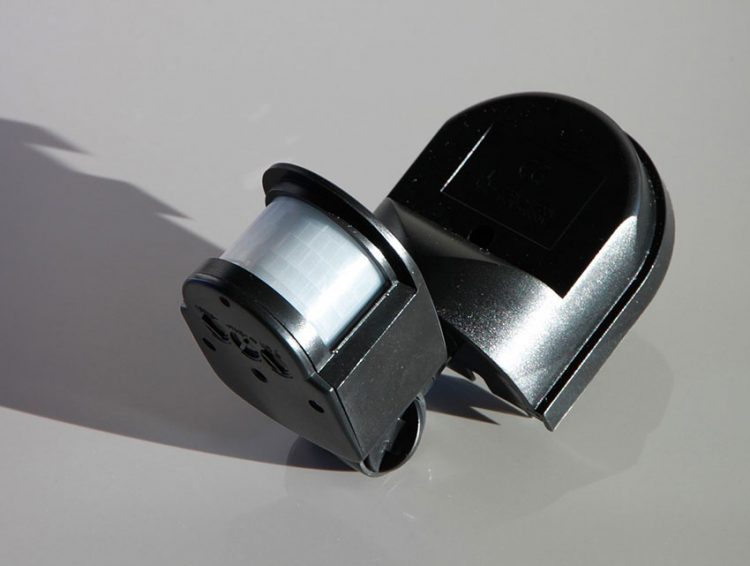The most frequently used test bench sensors
A sensor is a tool used to measure a force or an index (such as pressure, temperature or speed).
It takes this measurement and translates into an indicator (symbol, counter) what it has captured during its evaluation.
Sensors can be found in many fields. In the car, for example, where a signal will move the arrow on the speedometer when the user accelerates or brakes, enabling him to assess his speed. However, the sensor in this operation only acts as a bridge between the index and the information.
What happens at the end (the rendering on the counter) is a measuring instrument. This means that the sensor cannot store or display data.
It is therefore normal to find these sensors in a test bench. The question, however, is which sensors are the most widely used, and what their usefulness is.

SOMMAIRE
Force transducers
Force transducers measure tension or compression. Force transducers convert physical forces into electrical signals proportional to the force applied. But to go into more detail, we can say that each type of sensor has its own particularities.
If you look carefully, you’ll see that there are three types of force transducer, each designed for a different use and setting. These include bending, electrical and hydraulic sensors.
The bending sensor:
Used to measure the bending rate of a component (or its curvature/torsion). It does this by applying a resistance that varies according to the rate of bending. Measurement is therefore based on bending, the greater the bending, the stronger the signal sent by the sensor.
Hydraulic pressure transducers:
Often referred to as transducers, they enable so-called pressure measurements, by converting them into an electrical signal (as explained in the introduction).
Force transducers:
These are quite common in the test bench field. They are used, among other things, to assess the pressure an object is under. An example would be this racket frame test bench, where sensors measure force and what the endurance bench undergoes. This is just one of the many uses for this sensor.
Motion sensors
Motion sensors(also known as motion detectors) are generally used for everything to do with surveillance.
In particular, they operate on temperature variation. In fact, if there is a change in temperature in the area, an infrared sensor detects heat linked to movement and triggers a signal.
Last but not least, they are also useful in home automation, where they can, for example, switch on the lights when movement is detected.

Do you have a project ? Contact our test bench experts
Speed sensors
Designed to be integrated into structures requiring a high level of resistance, speed sensors can be found in a wide range of industrial applications. They are used on test benches for pumps, compressors and turbines.
The speed sensor works as follows: the magnetic rotation speed produces a voltage corresponding to the rotation speed, which is then translated into a signal.
One of these uses can be found in a hydraulic performance bench for mixing valves in particular.
Light sensors
Light sensors are used in a variety of fields and for a variety of purposes. They can be used, for example, to estimate the brightness level in a room. They’re also involved in all aspects of lighting enhancement (knowing when to brighten or dim). Lastly, they are used to protect against over-lighting.
These sensors can be found in many different forms and in a wide variety of fields. For example, there are LED testers (for screens),solar collectors (for water heaters/solar panels) and photonic collectors (for capturing light).
So how does a light sensor work? The operating principle is as follows: The sensor reacts in the same way as a solar panel. This means that depending on the amount of light it receives, the sensor produces more or less energy. The sun waves it sends out in the form of light are made up of photons. These photons, with their energy, release electrons which then produce an electrical signal.
These sensors are mainly used in theautomotive industry. In fact, new systems on the latest cars automatically trigger the car’s headlights according to ambient light levels.
Humidity sensors
Humidity sensors can be used in a wide range of applications. They enable users to measure humidity in two ways. Firstly,relative humidity (which is measured in %) and secondly,absolute humidity, which is measured in grams per m³.
These sensors are mainly used in the agri-food sector, but also in industry and construction.
There are a number of ways to assess the humidity of an area, using a variety of sensors.
First of all, to measure the humidity of the air we find:
The psychometric sensor: Its main advantage is that it does not age. It provides high precision and quality. Can be used in all circumstances, as it withstands up to 100% humidity. However, it won’t work properly if the thermostat falls below 0 degrees or if the humidity in the air is too low.
As an alternative, there’s the capacitive sensor: it has the advantage of being long-lasting and maintenance-free. Compared to psychometrics, it can also be used in cases where the temperature falls below 0 degrees.
En Conclusion
In the final analysis, we can see that sensors are used for a wide range of applications in a wide range of industries. From automobiles and sports to light and water, they help us better understand and appreciate the world we live in.
Thanks to them, we find a link between 3 things essential to industry: man, his machine, and his environment. These sensors are therefore an essential part of the better prepare a product, in particular by means of a test bench. This test bench, which allows you to optimize your final product to the maximum.
As you can see from the various examples in this article, they can be used to evaluate everything in the environment on a daily basis. In the future, we’ll no doubt have new, even more precise sensors. These sensors will enable us to better assess our surroundings. Better evaluation means better results, and greater customer satisfaction!